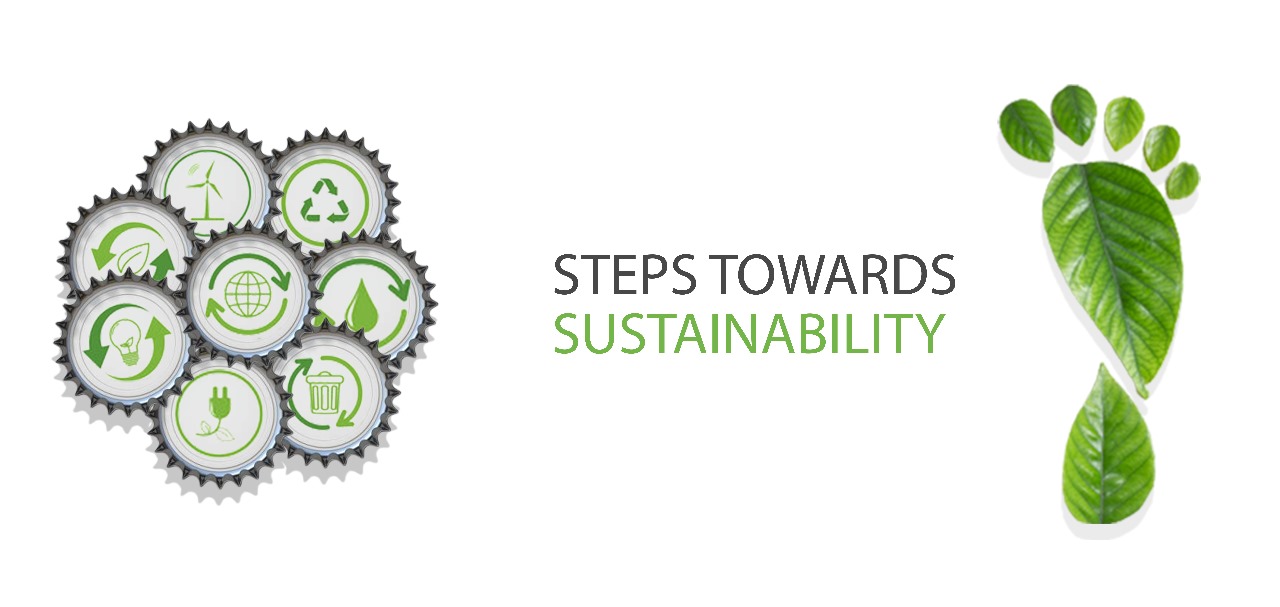
Sustainability in the apparel industry has become an imperative, driven by increased consumer awareness and the need to mitigate the environmental and social impacts associated with clothing production. The main factors and tactics we use to make sure our sourcing process is sustainable are listed below
Organic and Recycled Fabrics: To lessen the environmental impact of products, we help our customers acquire materials like organic cotton, BCI Cotton, or recycled polyester.
Low-Impact Dyeing: We constantly strive to utilize natural or low-impact dyes that reduce water usage and chemical contamination. Local Manufacturing: To cut transportation emissions and boost local economies, we constantly take into account local or near shore production.
Zero-Waste Design: To reduce fabric waste during the manufacturing process, we adhere to zero-waste design principles.
Renewable Energy & Energy-Efficient Machinery: We urge manufacturers to invest in energy-efficient equipment and technology, as well as renewable energy sources, for their production operations.
Minimal Packaging: We are always willing to collaborate with our clients to source and use minimum environmentally friendly packaging to cut down on waste.
Biodegradable and Recyclable Materials: For packaging materials that are recyclable or biodegradable, we have reliable supply partners.
Certifications: We have always focused on cooperating with manufacturers who have certifications like Fair Trade, GOTS (Global Organic Textile Standard), or OEKO-TEX to validate our customers sustainable practices in order to ensure quality manufacturing and product.
Traceability: We let our clients monitor products transparently through the supply chain and give them access to information about the progress of their orders.
By integrating these sustainability practices, we not only reduce its ecological and social footprint but also position brands as a responsible leader in the industry. This not only appeals to environmentally conscious consumers but also helps build a more resilient and sustainable future for the apparel sector as a whole.